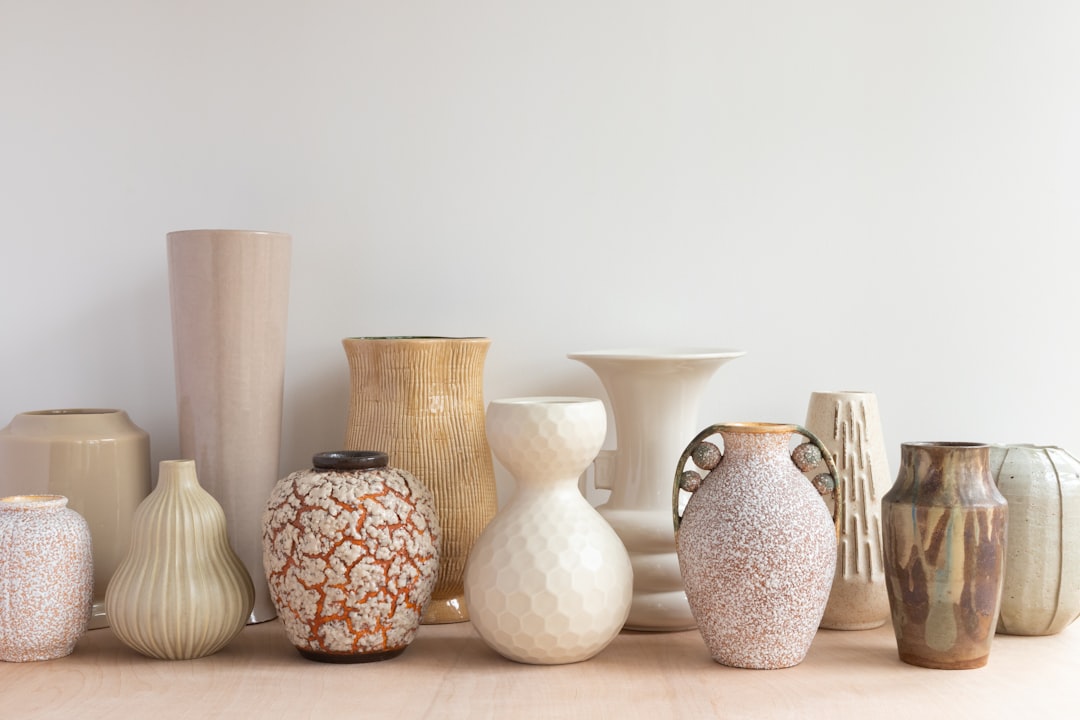BOLTON STREET [PLUS HENRIETTA PLACE AND YARNHALL STREET]
It is interesting to note that BoCo [an excellent Pizza Restaurant] on Yarnhall Street was originally Bodkins Pub. In case you are wondering bodkins are used to thread cords, elastics, ribbons or tapes through pre-made holes and tubes in a cloth or a garment. They may also be used as hairpins. Bodkins can be made out of a wide range of materials, such as bone, metal, plastic, etc.
Linenhall, also spelt Linen Hall, was a complex of Georgian buildings at the top of Capel Street, built by the Linen Board. The selection of this three-acre site as a centralised Linen Hall for Dublin was decided by the Board on 17 March 1722 following the rejection of sites in Drumcondra and Ballybough. Many linen traders would stay in the inns and taverns in the environs of Capel Street at this time. Construction began, and the Hall was opened for business on 14 November 1728. The complex was originally designed by Thomas Burgh, and later enlarged in 1784 by Thomas Cooley.A Yarn Hall and Cotton Hall were also constructed nearby.
The complex was modelled on Blackwell Hill, London, and the Cloth Hall of Hamburg. The Dublin Linenhall housed 550 bays for storage, a large trading space, and a boardroom. Following the opening of the Belfast Linen Hall in 1783, the Dublin Hall went into decline. The Linen Board was disbanded in 1828.
From the 1870s, the Hall was used as a British Army barracks. The Board of Works took over the buildings in 1878.
In 1914, the Hall, along with the nearby Temple Gardens in front of the Kings Inns, was host to one its last events, the Dublin Civic Exhibition.
It is mentioned in the 1958 song "Monto (Take Her Up to Monto)", which references events of the late 19th century: "You've seen the Dublin Fusiliers, / The dirty old bamboozeleers, / De Wet'll kill them chiselers, one, two, three. / Marching from the Linen Hall / There's one for every cannonball, / And Vicky's going to send them all, o'er the sea."
On 26 April 1916, Linenhall Barracks was seized by the Irish Volunteers. The Barracks was largely occupied by unarmed clerks. The Barracks was set on fire by 1st Dublin Battalion Irish Volunteers to prevent the British Army using the site. The fire spread to adjacent buildings on Great Brunswick Street and North King Street. During the fire, Volunteer Paddy Holohan reported the fire leading to the explosion of several barrels of oil, creating large plumes of thick smoke.
Linenhall, also spelt Linen Hall, was a complex of Georgian buildings at the top of Capel Street, built by the Linen Board. The selection of this three-acre site as a centralised Linen Hall for Dublin was decided by the Board on 17 March 1722 following the rejection of sites in Drumcondra and Ballybough. Many linen traders would stay in the inns and taverns in the environs of Capel Street at this time. Construction began, and the Hall was opened for business on 14 November 1728. The complex was originally designed by Thomas Burgh, and later enlarged in 1784 by Thomas Cooley.A Yarn Hall and Cotton Hall were also constructed nearby.
The complex was modelled on Blackwell Hill, London, and the Cloth Hall of Hamburg. The Dublin Linenhall housed 550 bays for storage, a large trading space, and a boardroom. Following the opening of the Belfast Linen Hall in 1783, the Dublin Hall went into decline. The Linen Board was disbanded in 1828.
From the 1870s, the Hall was used as a British Army barracks. The Board of Works took over the buildings in 1878.
In 1914, the Hall, along with the nearby Temple Gardens in front of the Kings Inns, was host to one its last events, the Dublin Civic Exhibition.
It is mentioned in the 1958 song "Monto (Take Her Up to Monto)", which references events of the late 19th century: "You've seen the Dublin Fusiliers, / The dirty old bamboozeleers, / De Wet'll kill them chiselers, one, two, three. / Marching from the Linen Hall / There's one for every cannonball, / And Vicky's going to send them all, o'er the sea."
On 26 April 1916, Linenhall Barracks was seized by the Irish Volunteers. The Barracks was largely occupied by unarmed clerks. The Barracks was set on fire by 1st Dublin Battalion Irish Volunteers to prevent the British Army using the site. The fire spread to adjacent buildings on Great Brunswick Street and North King Street. During the fire, Volunteer Paddy Holohan reported the fire leading to the explosion of several barrels of oil, creating large plumes of thick smoke.














